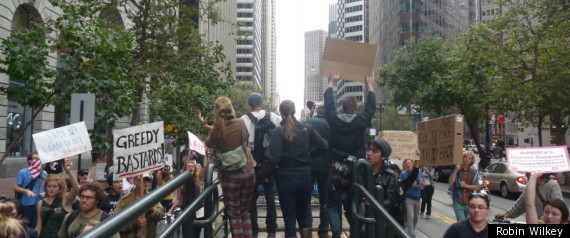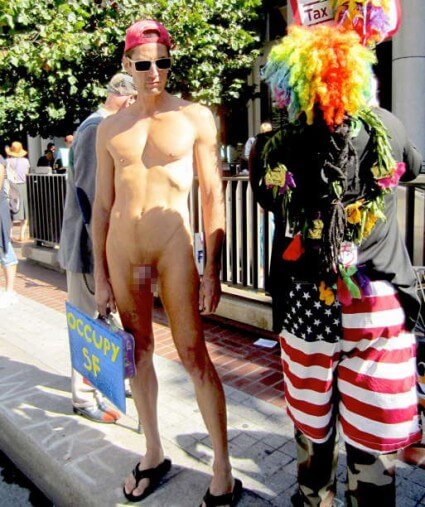
Most traders met in San Francisco were rather favorable to the SF Park program, tested last year in the Californian city. But not all.

Harold Hogasian knows the importance of parking: there is a florist and spent several days a week on the road to deliver its packages. The owner of Flowers Hogasian has nothing against the idea of facilitating the parking along the commercial streets, the goal of SF Park. The problem, he says, is that San Francisco had found the solution there is a half-century, and it was abandoned.

The businessman is vice president of the Merchants Association SOMA, district which lies south of the very popular Market Street, downtown. He emphasized that the parking meters were introduced in San Francisco in the '40s, at the express request of traders.
The aim was to prevent cars squatter along commercial streets for hours. By imposing an hourly rate, the cars went faster, releasing hit areas for new customers.
At the time, the funds collected from parking meters were used to build parking garages near commercial corridors. But little by little, the City began to dip into the fund to balance its finances.
"The practice has become institutionalized, deplores the florist. Today, the parking meter money was diverted to the coffers of the City and there is more money to build public parking lots. This is deplorable. "
Public Finance
The City will not fill its coffers with SF Park, said Jay Primus, Director of SF Park. Revenues from parking meters will be certainly a little higher, but the authorities expect to distribute less than tickets for the new terminals are easier to reload.
"Ultimately, it is expected that the impact on public finances is zero," he said.
